13 km and 1270 m of elevation gain / 720 m of elevation loss
Tour du Mont Blanc Self-Guided
11 days / 10 nights
|
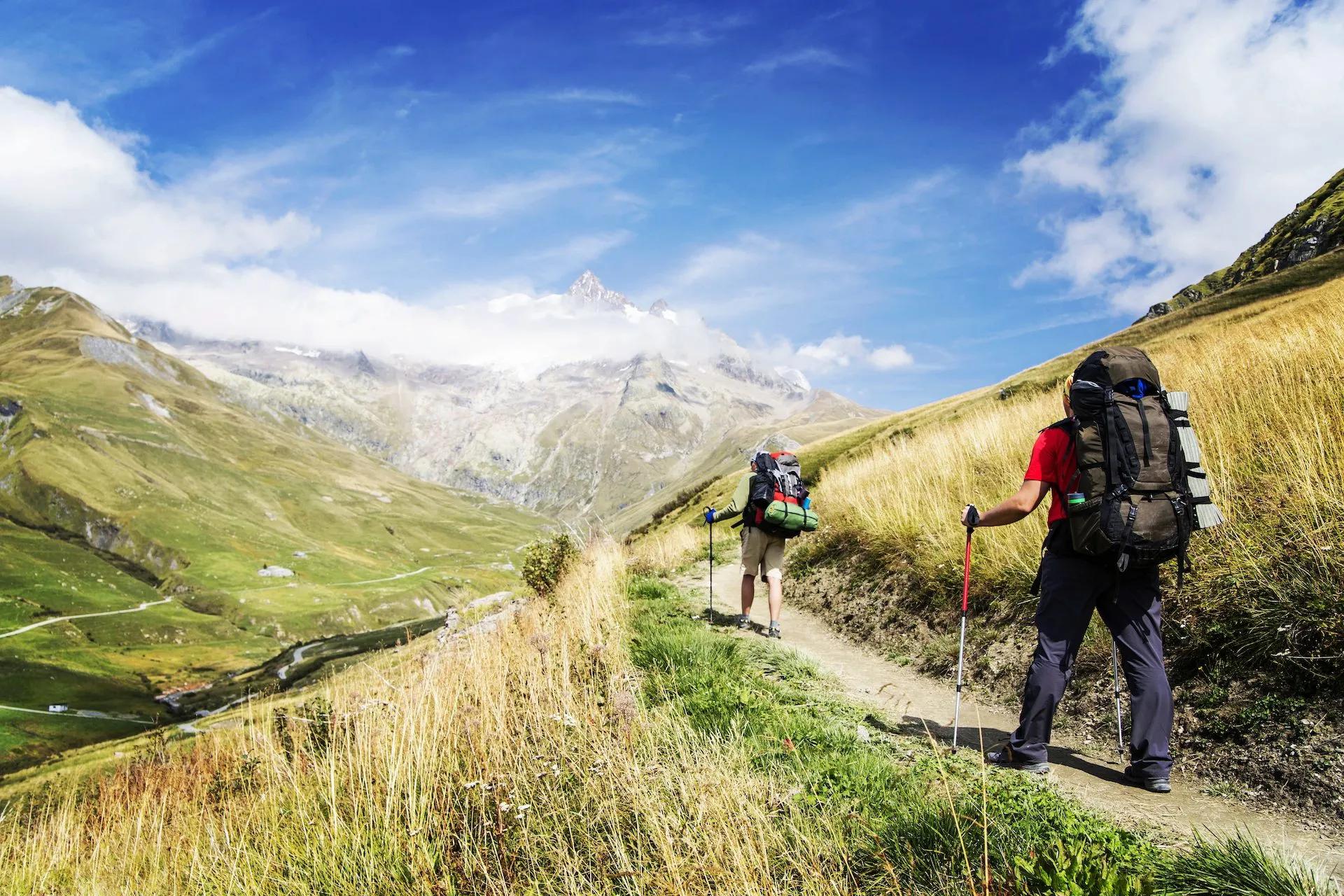

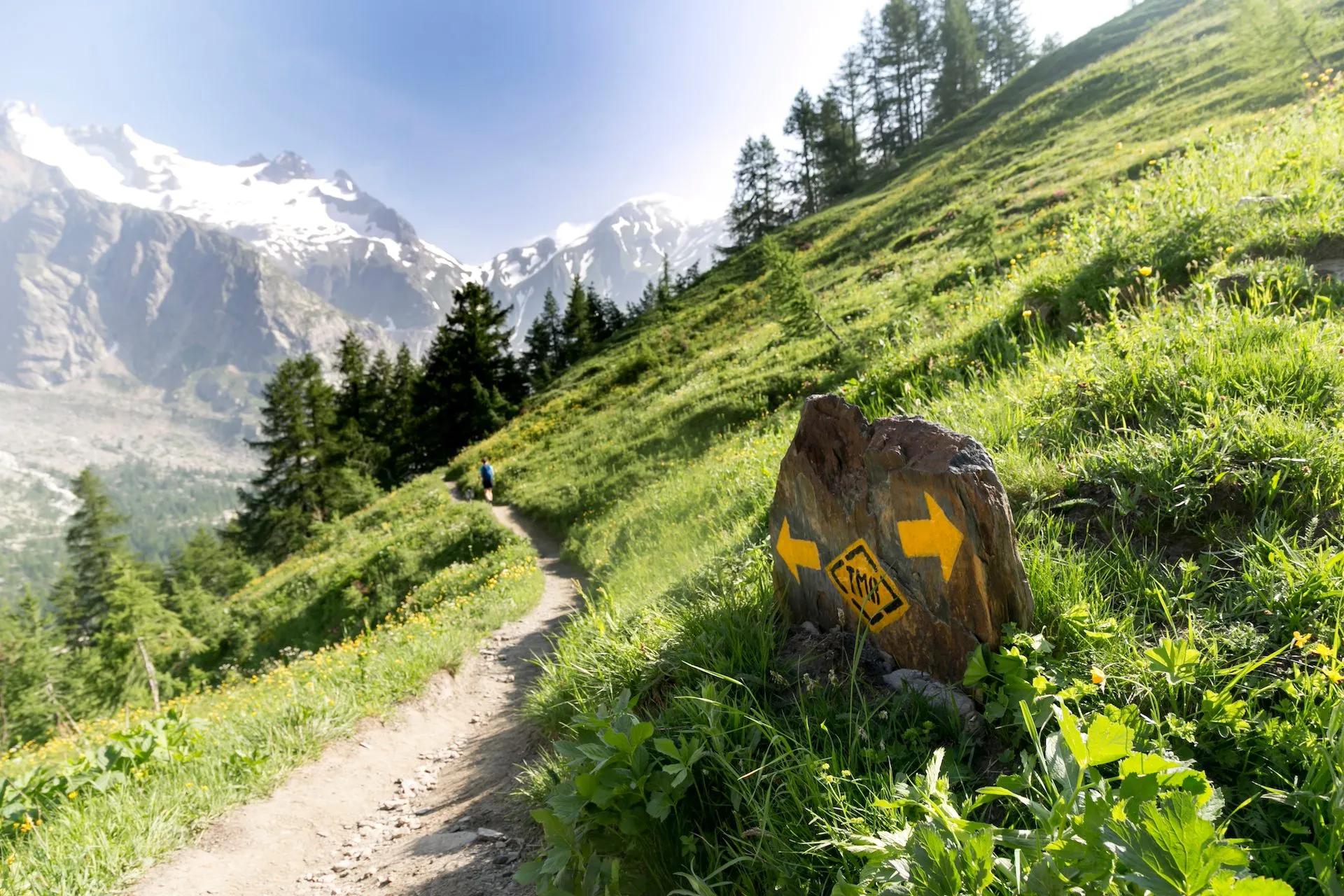





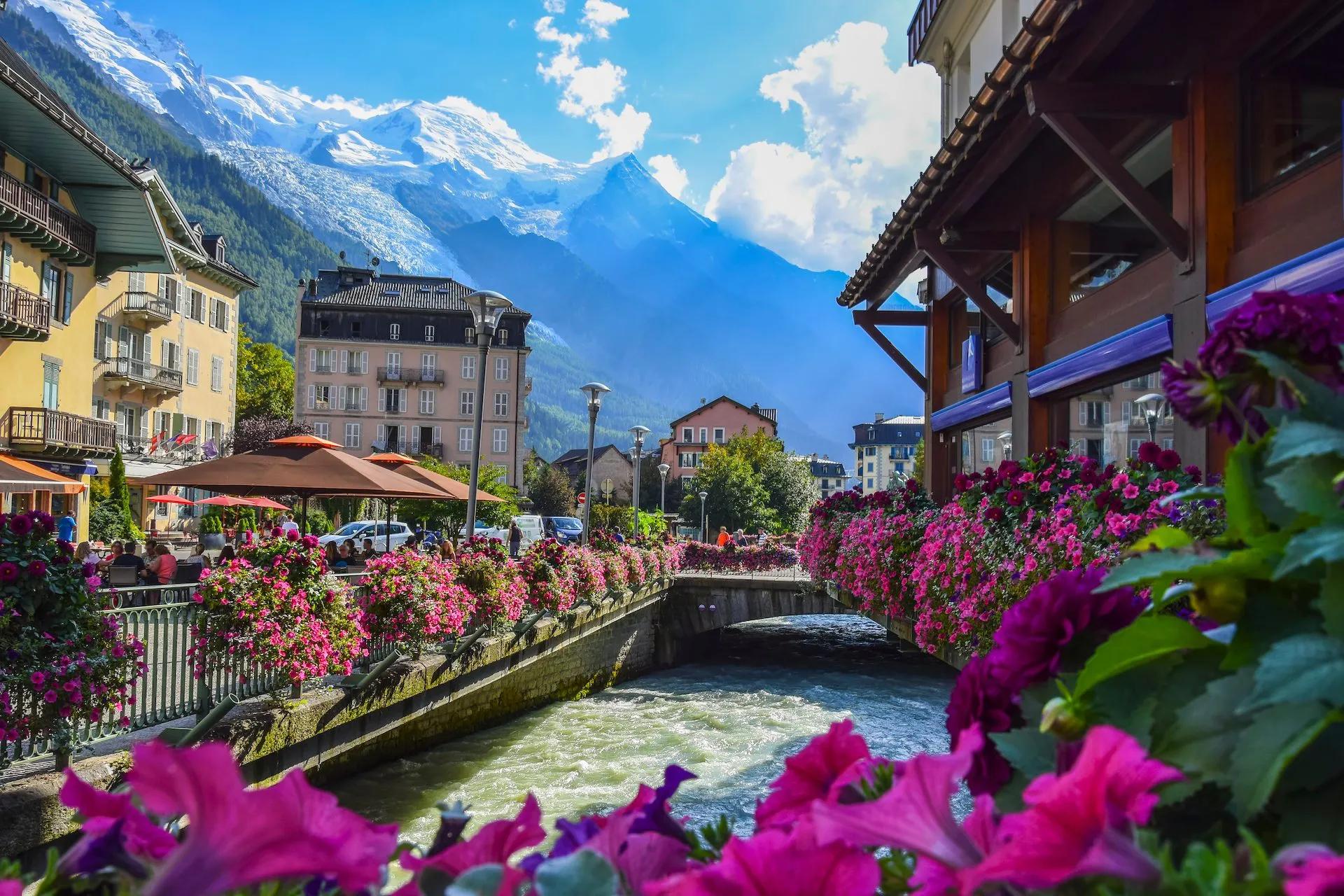







Starting point
Les Houches
Finish point
Les Houches
Season
From June to September
Technical level
3/5
Fitness level
4/5
Tour type
Hut-to-Hut
Starting point
Les Houches
Finish point
Les Houches
Season
From June to September
Technical level
3/5
Fitness level
4/5
Tour type
Hut-to-Hut
- Complete the iconic Tour du Mont Blanc in its entirety
- Hike 11 days across 170 kilometers of spectacular alpine beauty
- Sleep in cozy mountain huts and boutique hotels and enjoy their authentic food
- Travel on foot through 3 European countries – France, Italy, and Switzerland
Itinerary of the trip
FREE ITINERARY
Get Your Travel Itinerary
Loved the itinerary? Enter your email below, and we'll send a copy straight to your inbox.
What’s included in the price?
Self-guided
NOT INCLUDED
OPTIONAL EXTRAS
What to bring to the tour
- Hiking shoes/boots
- 25 to 45-liter backpack
- Base layer
- Sports T-shirts
- Hiking shorts
- Hiking water-repellent pants
- Waterproof jacket
- Midlayer
- Sports socks and underwear
- Leisurewear for evenings
- Down jacket
- Gloves
- Shade hat/cap
- Warm headwear
- Sunscreen
- Sunglasses
- Headlamp
- Hiking poles
- ID card or passport
- Snacks
- Cash
- Water bottles or hydration pack
- Sleeping liner
- Toiletries
- Toilet paper
- Small first aid kit
- Test
With all of its grandeur, Tour du Mont Blanc is one of the most exciting and rewarding hikes in the world. Circumnavigating the massif of Mont Blanc, it leads through France, Italy, and Switzerland, passing valleys and mountainsides of each country along its journey around Western Europe's highest peak.
11 stages and around 170 kilometers is the TMB’s official length, making this the classic self-guided version of the trail. It is for anyone who wants to take the full journey and experience this beautiful hike in its entirety. If you find yourself short on time, you can always take on the best stages in just 5 days! And if you'd feel more comfortable with a guide accompanying you, we are happy to invite you on guided hike.
The stages described in this 11-day itinerary of Tour du Mont Blanc are not set in stone, as many offer alternatives – some make it more leisurely and others explore additional gems in the area.
Although technically not demanding, hiking the Tour du Mont Blanc self-guided still requires a great deal of preparation and planning. You also must fit enough to be able to hike from 5-7 hours per day in diverse terrain for more than a week.
While we mostly leave the conditioning part to you, we take care of everything else. Combining our off-trail research and hiking experience, we take your wishes and preferences to best advise you on which specific route to take. We then book all of your accommodations and other services that you need. And a few weeks before setting off, you’ll get the detailed digital guidebook with the planned GPS route, and you’re ready to go.
The Tour du Mont Blanc self-guided awaits you!
Frequently Asked Questions
Ratings & Reviews

5.0 average rating

What a fantastic trip. From the excellent and informative guide, to wonderful, clean and comfortable accommodation. Each day we had perfect weather conditions, giving us picture perfect views every day. Was definitely a trip of a lifetime, which we still talk about often. Walking distances were achievable each day, with friendly guide spending time with everyone, regardless of walking speed. Each evening eating at different towns was a lovely cultural experience. Would highly recommend this trip to everyone. No Roads, is a great professional company to deal with and nothing was too much trouble. Couldn't recommend the trip and the tour company "No Roads Expeditions" more highly.


We had a lovely hike today with our guide Klemen. He personalized the tour on our needs and interests, so that we saw places we wouldn't without his experience. The hike was a little bit slippery after the rain from the last days and it went a lot upwards, but it was totally worth it! Thanks again :)



Ahmad Akra

Abigail Gilmore
Had a great time on this hike. Great and simple way to see the TMB. Would recommend Hut to Hut to friends.
Similar Products
All available guidance options
Self-guided
Those who like a good adventure and limitless flexibility should go on a self-guided tour. We prepare the itinerary and book your accommodations while you enjoy the journey without our guide, being fully in charge of all the daily decisions. While you’ll have the full support of our team in case of any emergencies or concerns, a certain level of self-reliance is required.

Hassle-Free
We handle itineraries, accommodations, and anything else you prefer not to deal with, so you can enjoy a carefree hike.

Book with confidence
We are a financially protected company, fully bonded and insured, keeping your money safe and allowing you to travel with confidence.

Tried & Tested Adventures
Only the best adventures on the TMB, cherry-picked by our local team with an in-depth knowledge of the region.

Unbeatable support
Our 24/7 customer support is where we show our passion, bringing you a better experience by making your well-being our number one priority.
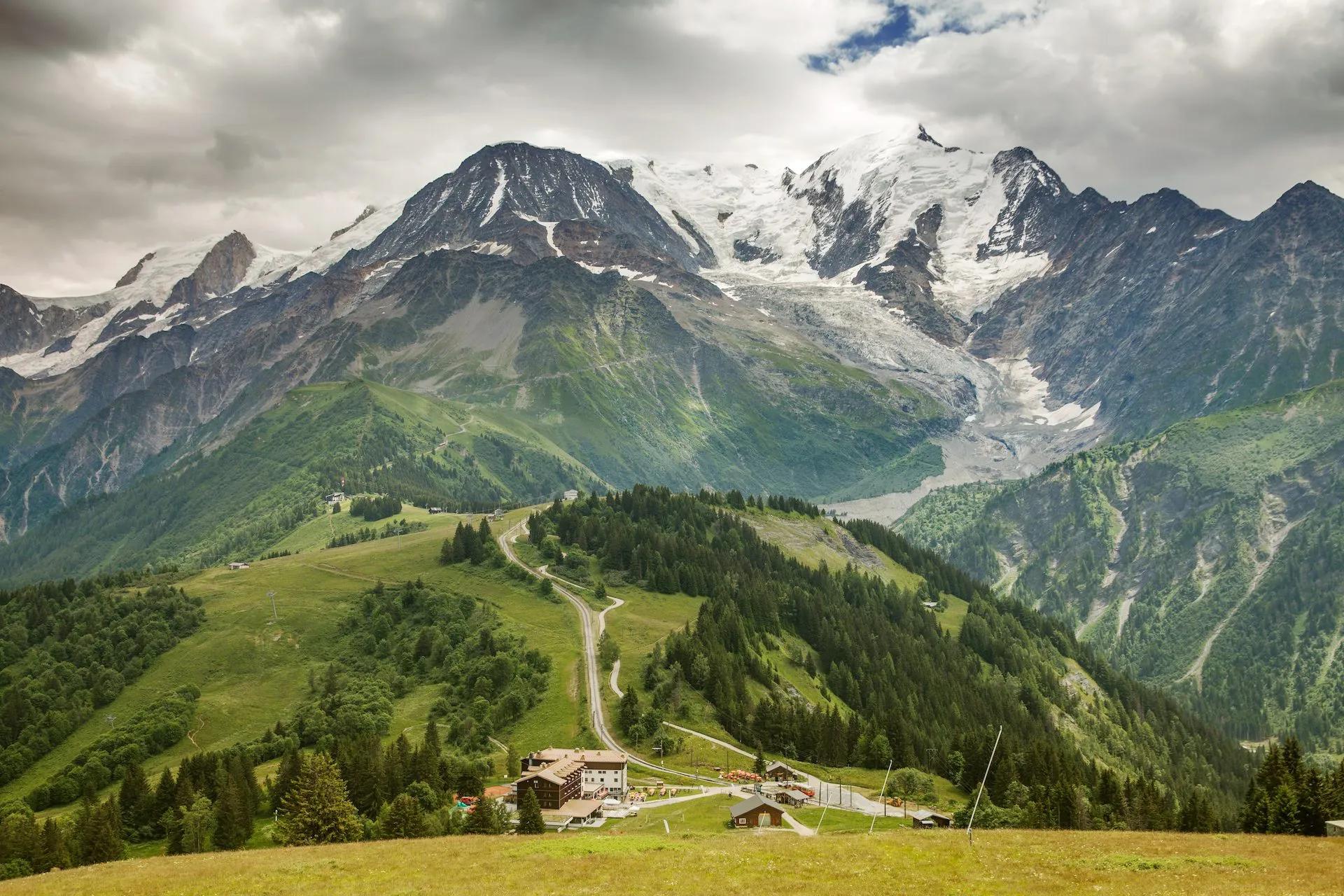


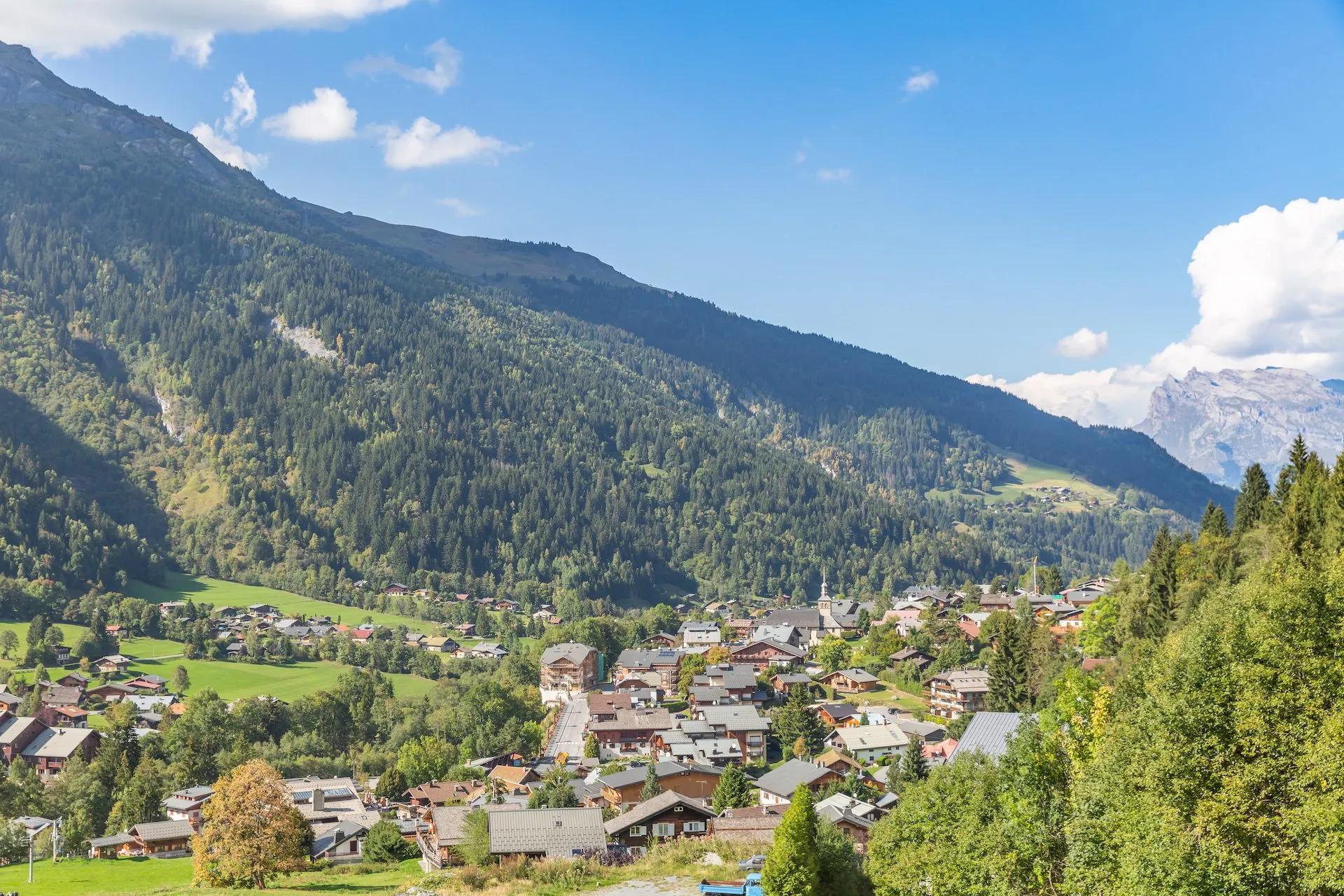


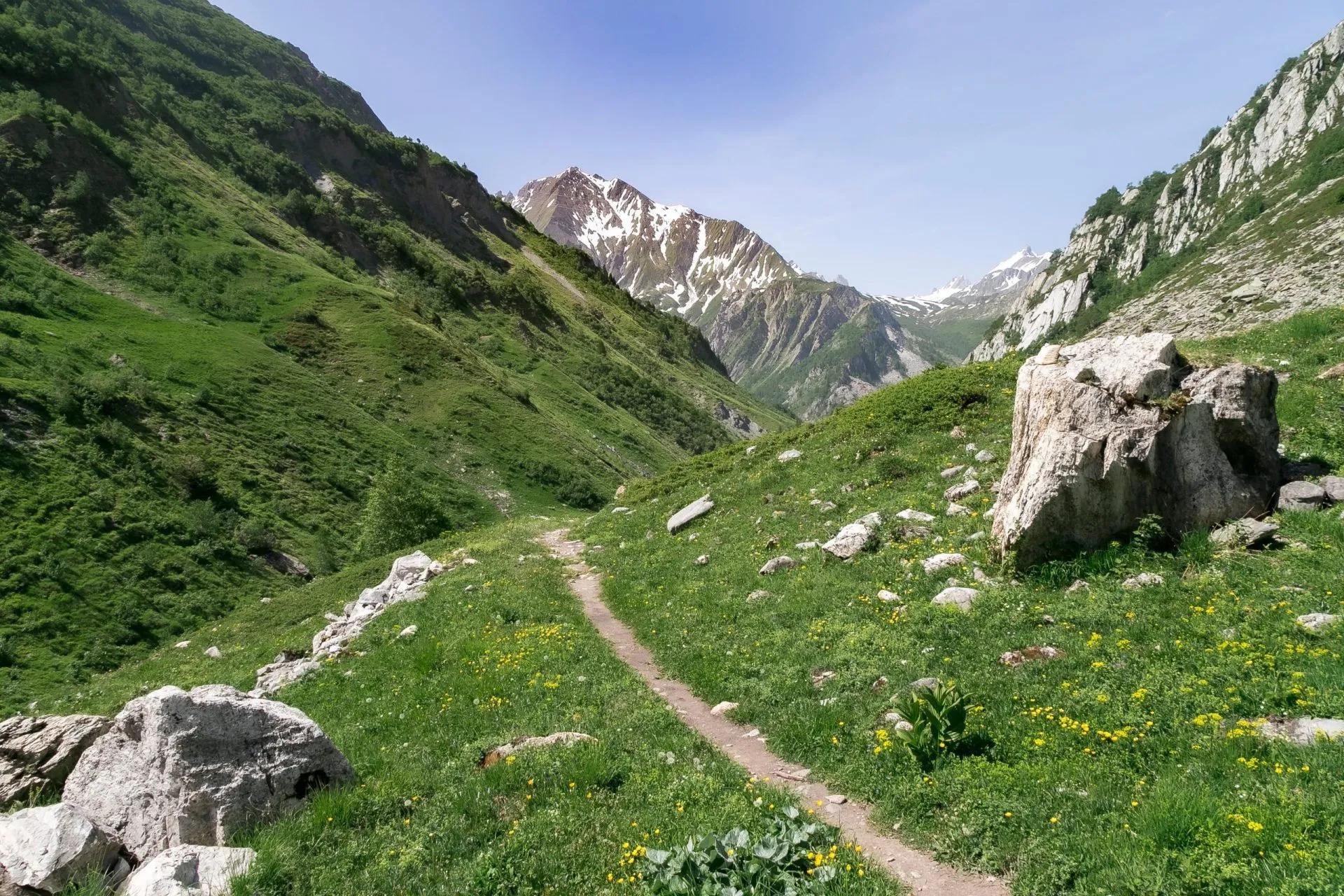


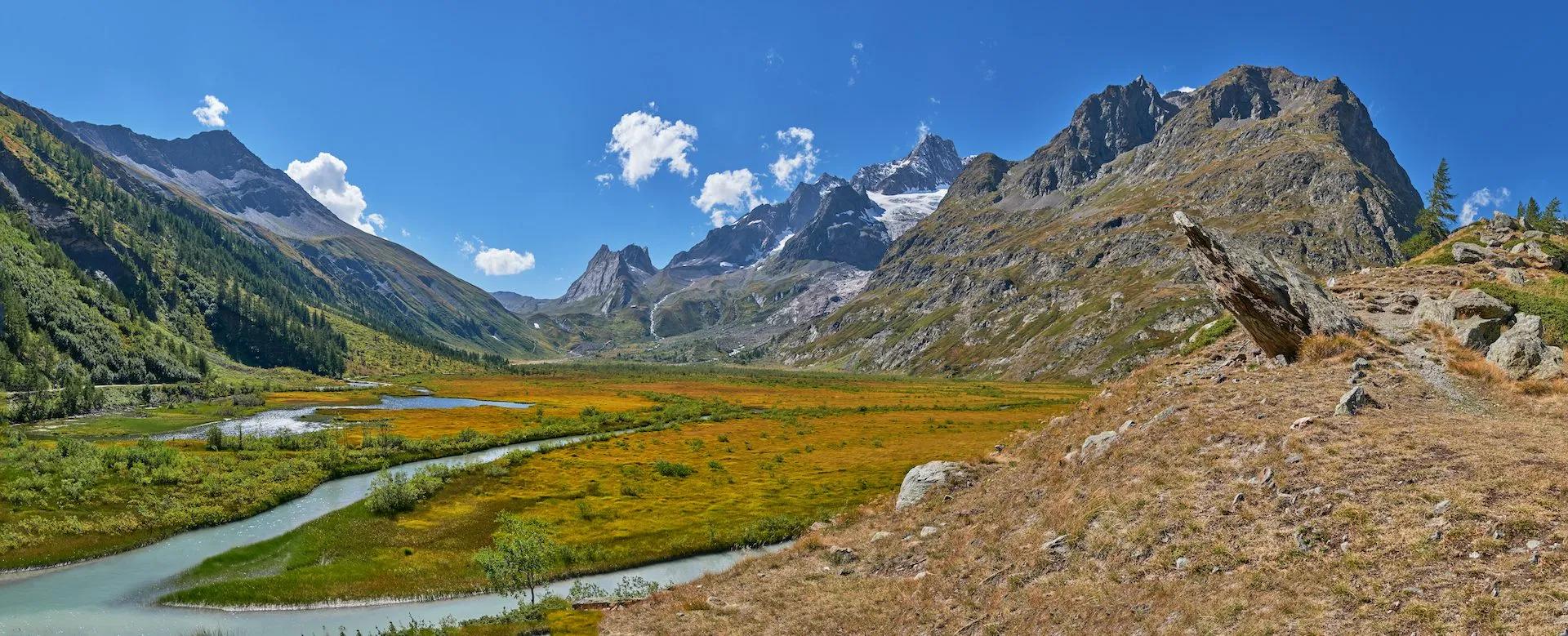
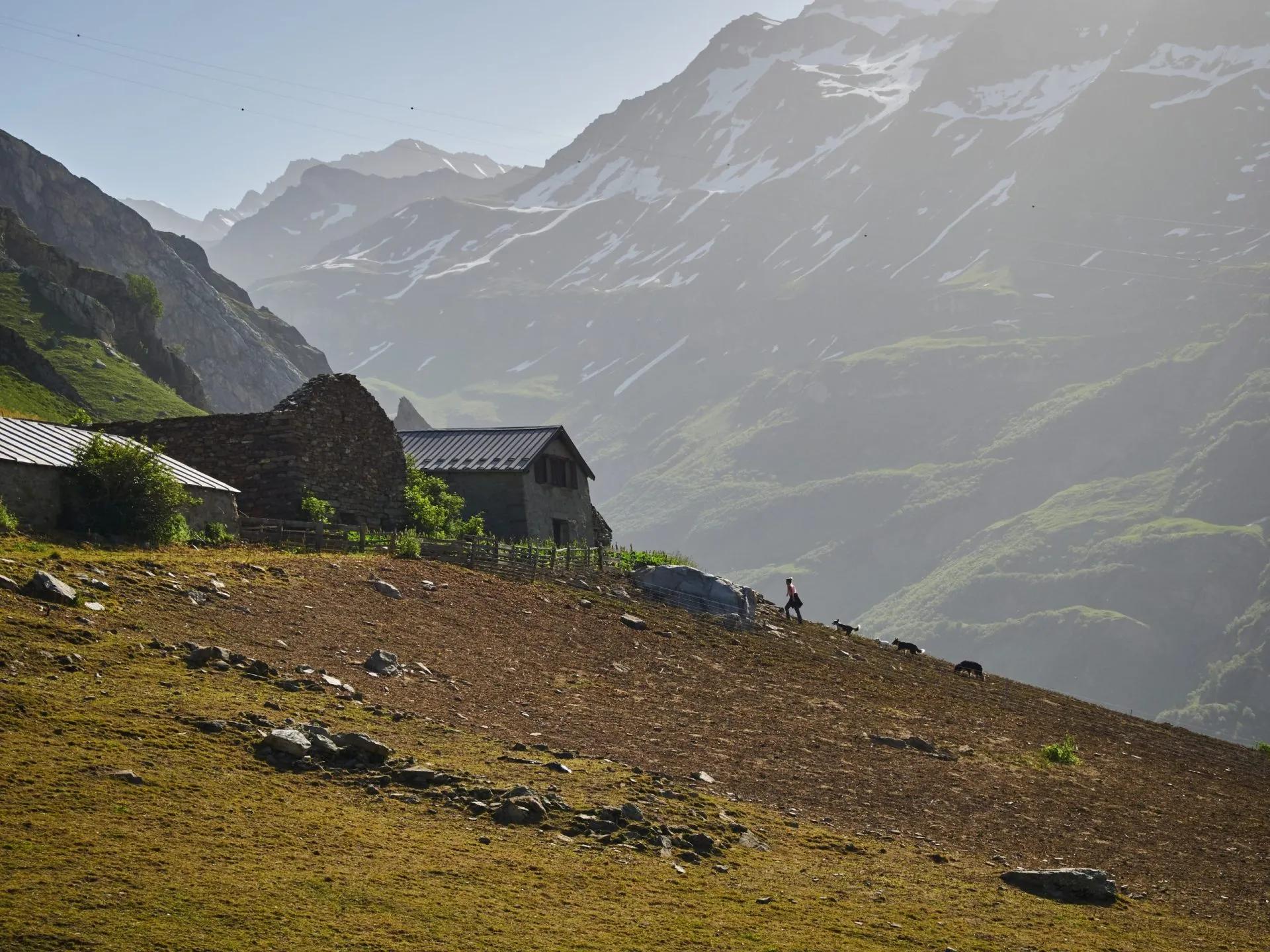























.jpg&w=3840&q=75)